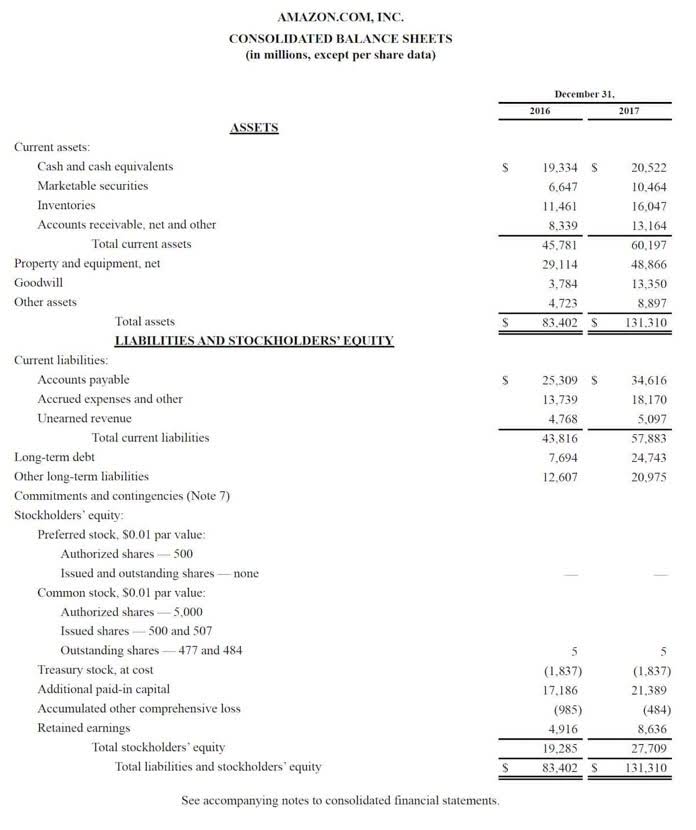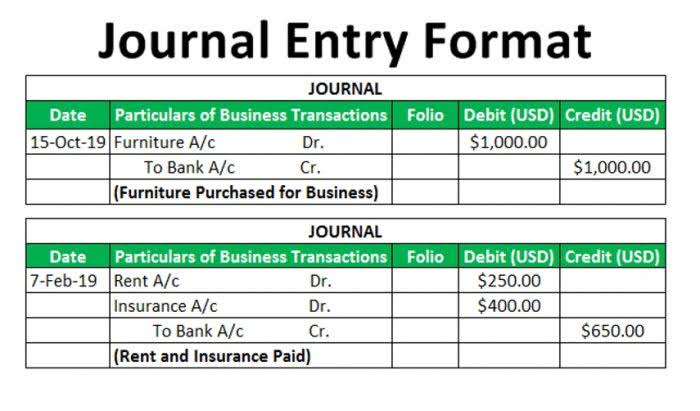
It ensures clarity for stakeholders and auditors by providing an accurate view of active commitments in ongoing projects. By separating construction investments, CIP maintains clear financial records that comply with accounting standards like GAAP. Construction-in-progress accounting is an essential tool for tracking project expenses and maintaining financial transparency. By following best practices and leveraging accounting tools, businesses can ensure compliance, improve cost control, and build a solid financial foundation. You need to operate a construction-in-progress accounting system when you are constructing assets that will not be completed for an extended period of time. Preventing overlooked costs and other discrepancies begins with diligent cost tracking.
Percentage of Completion Method
- A higher asset base can make a company appear more robust, but it also necessitates careful management to ensure that these assets eventually translate into revenue.
- Every construction project tells a story – one that sees the power of human creativity turn nuts, planks, & bolts into impressive tools and structures.
- – Construction companies must also track anomalies like job costing, retention, progress billings, change orders, and customer deposits.
- Thus, to keep things simple and the balance sheet balanced, it is best to keep them separate.
For instance, if labor costs are consistently exceeding budgeted amounts, project managers can investigate and address the issue before it escalates. As the construction progresses, the company updates the CIP account with additional costs. Once the Travel Agency Accounting new facility is completed and put into operation, the costs recorded as CIP are transferred to the “Property, Plant, and Equipment” account. The following examples illustrate standard transactions throughout a construction project lifecycle, ensuring costs are properly recorded in compliance with accounting standards.
2.1.2 Pre-acquisition stage (capital projects)
The Department of Education’s Classification of Instructional Program (CIP) taxonomy system serves as the basis for the STEM OPT extension. When CIP is managed properly, it increases transparency, helping investors and stakeholders understand which projects are in progress and how much has been spent. In this article, we’ll break down the significance of CIP, explain how to account for it, and address common challenges. Submit your email, and our team will reach out to discuss how how is sales tax calculated we can help with tailored financial solutions. Business A receives a $100,000 bill from Builder’s Warehouse for construction materials. Moreover, you’ll have to use the Work in Progress account that was created in steps number one to track the Other Charge item.

Understanding Construction-in-Progress and GAAP: A Guide to Accurate Accounting
- Under GAAP, Construction in Progress refers to costs incurred for long-term capital projects that are not yet completed or operational.
- When the construction under progress is recorded proportionally in every accounting period, it maintains the financial position’s transparency.
- This means that the customer does not yet bear the risks and rewards of ownership until the goods are received.
- This can include cross-referencing provided data against consumer reporting agency records or contacting the customer directly.
- This depreciation expense will then reduce future profits, creating a need for strategic planning to manage the long-term financial implications.
Once costs have been allocated, and meets the criteria for capitalization, it is added to the CIP asset account in the company’s general ledger. The cost is then amortized over the asset’s useful life through depreciation expenses in subsequent accounting periods. The first step in construction in progress accounting is to record all expenses related to the construction project. This includes the cost of materials, labor, equipment, and any overhead expenses. Once the project is operational, the CIP account balance is transferred to the relevant fixed asset account, such as «Building» or «Machinery,» and depreciation begins.

Some countries or tax jurisdictions may allow businesses to claim tax deductions or benefits related to the costs incurred during the construction or development phase. By capitalizing these costs, companies can more accurately calculate and support their tax deductions, ensuring compliance with applicable tax laws. Construction in progress is reported on the balance sheet as a separate line item, usually under the category of property, plant, and equipment. It represents the accumulated costs of ongoing construction projects that are not yet completed. Once expenses are recorded, they cip accounting need to be allocated to the appropriate asset account.
The cash outflows related to CIP are typically classified under investing activities, reflecting the capital expenditure on construction projects. This classification can affect the company’s free cash flow, a critical metric for assessing financial flexibility and the ability to fund future projects or return capital to shareholders. Monitoring these cash flows is essential for maintaining liquidity and ensuring that the company can meet its short-term obligations while investing in long-term growth. By assigning specific codes to various cost categories, such as labor, materials, and subcontractor fees, companies can achieve a granular level of tracking. This system not only facilitates more accurate reporting but also aids in identifying cost overruns and inefficiencies early in the project lifecycle.

- With multiple ongoing projects, maintaining accurate records can be challenging.
- Understanding Construction in Progress GAAP is essential for construction professionals and businesses undertaking large-scale capital projects.
- The next question is whether the shipping services constitute a separate performance obligation.
- For teams looking for streamlined fixed asset management, this fixed asset workpaper provides all the necessary components.
- This adjustment reclassifies costs for eliminated project elements as current expenses, maintaining CIP accuracy.
Generally, for an FOB agreement, control transfers to the buyer when goods leave port because that is when the customer obtains the risks and rewards of ownership, and often the legal title to goods. For a CIF agreement, however, control usually transfers to the buyer when the goods arrive. This means the customer obtains the risks and rewards of ownership, and often the legal title to goods, and at that point. An FOB agreement generally assumes all liability falls on the buyer once the goods leave port. This means that the customer bears the risks and rewards once the goods leave port. A CIF agreement, in contrast, states that the seller is responsible for paying the costs to safely transport the goods to the buyer and the seller retains responsibility until the buyer has the goods in hand.
This requirement stems from the USA PATRIOT Act to strengthen efforts against financial crimes. The program’s core purpose is to prevent money laundering, combat terrorist financing, and deter other illicit financial activities by ensuring thorough vetting of potential customers. DHS’s STEM designated degree program list includes all STEM fields qualifying an F-1 student for a STEM OPT extension.


